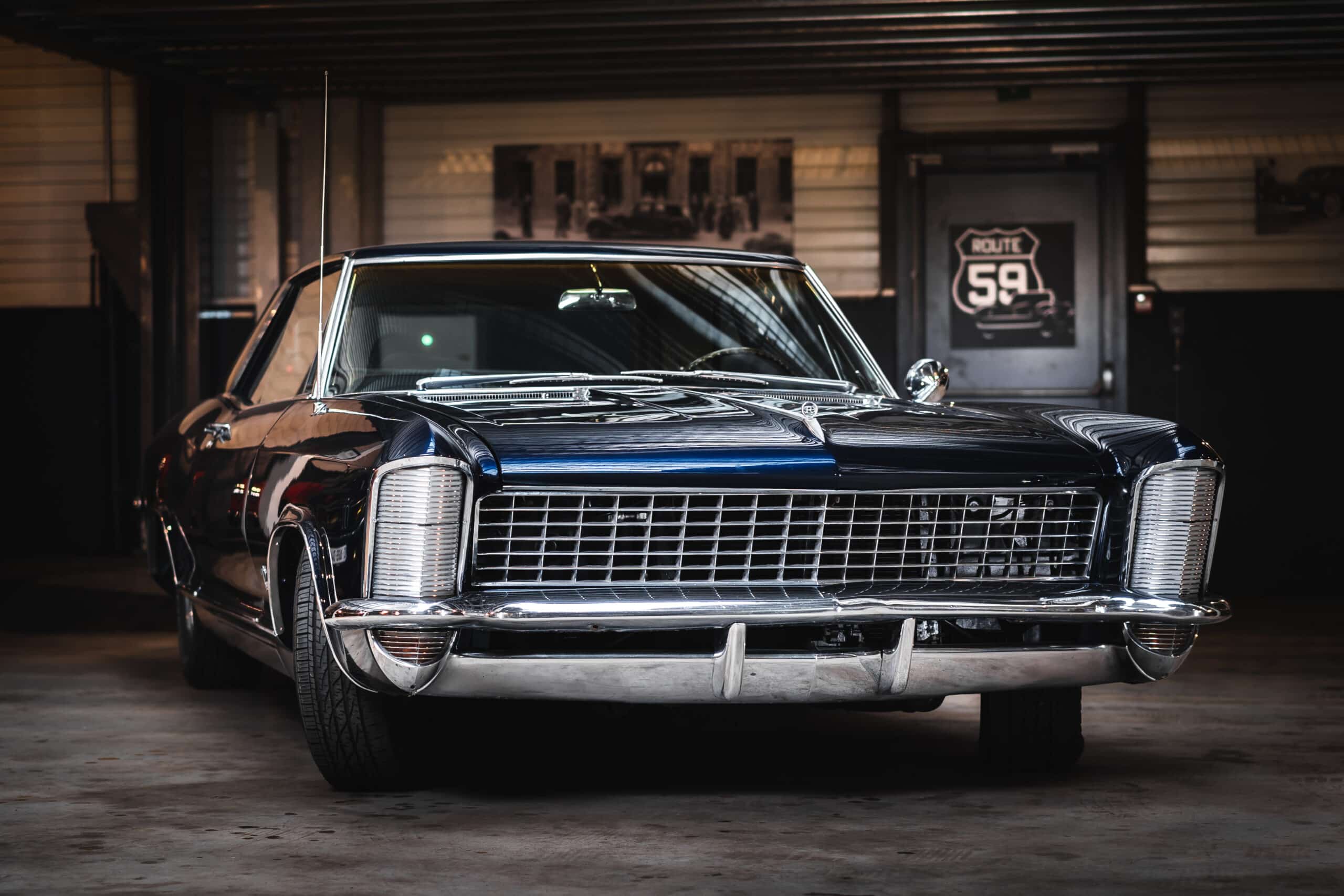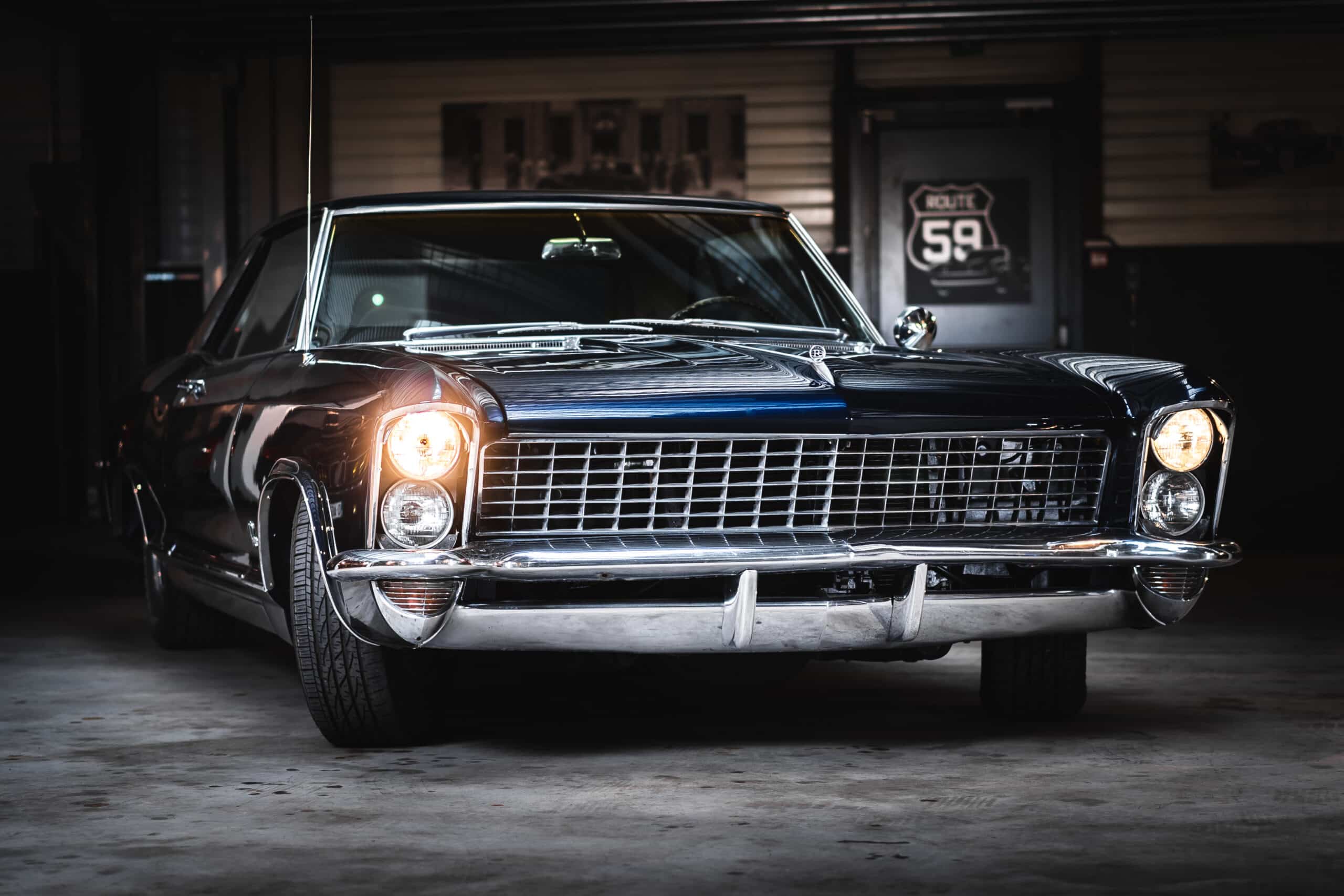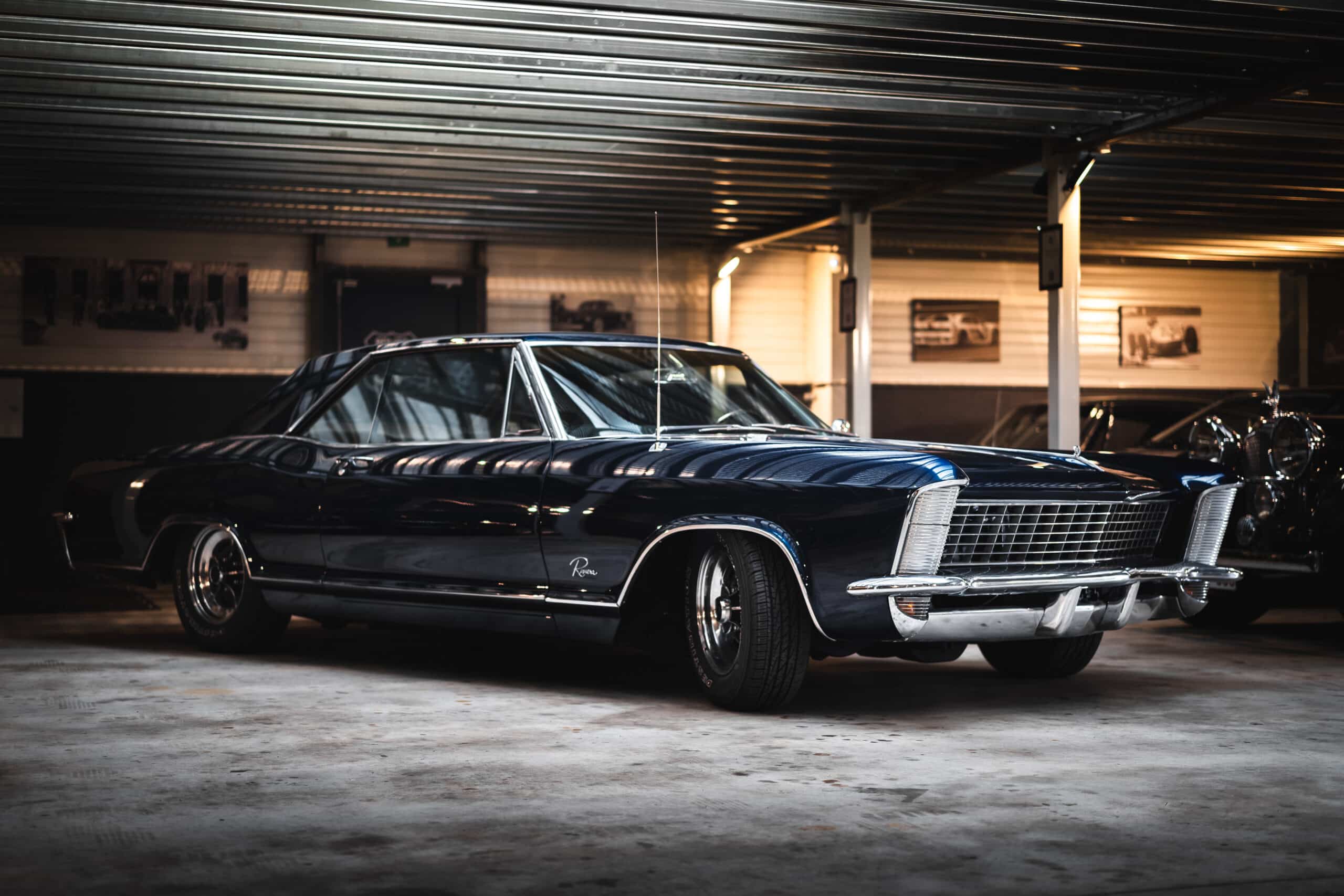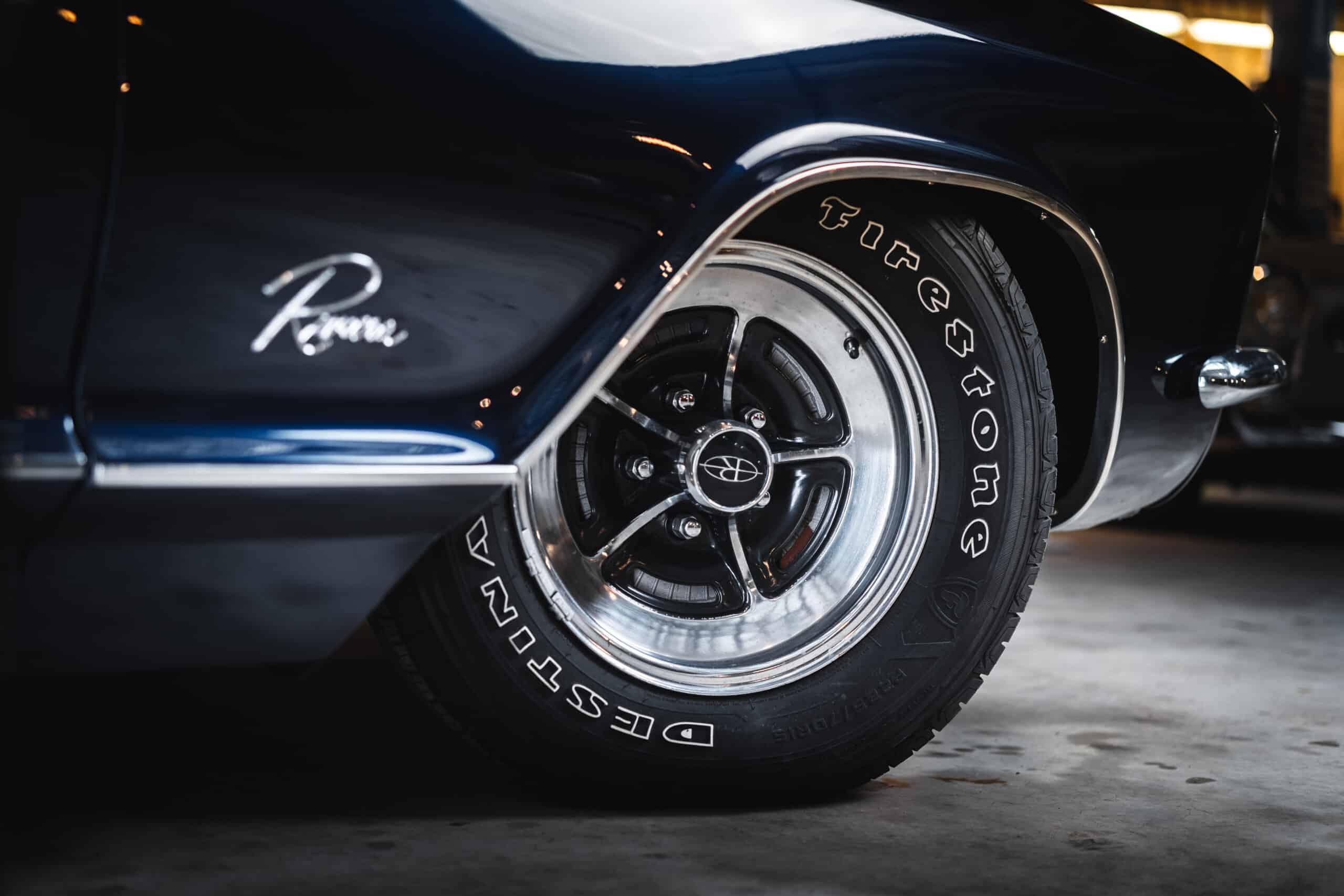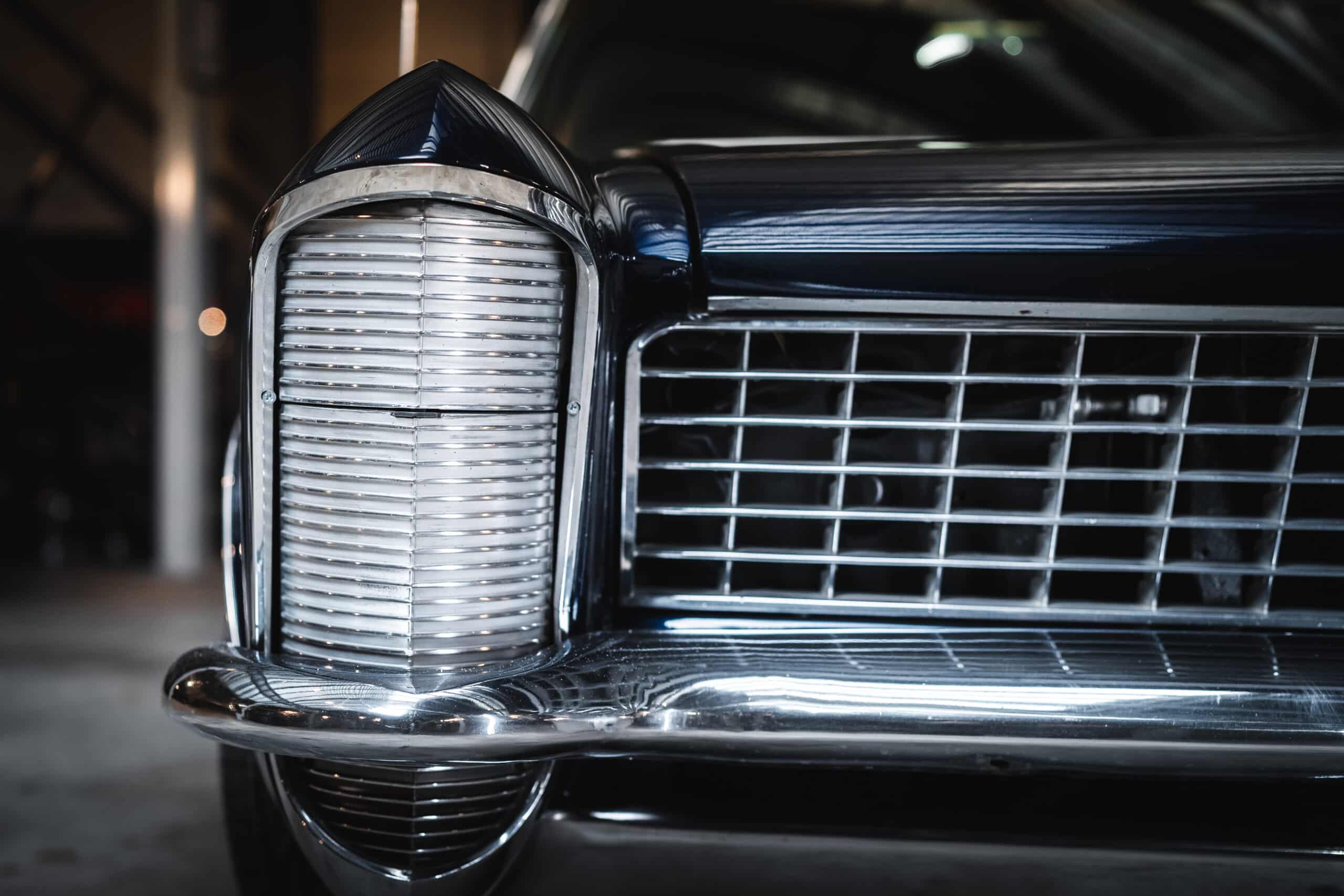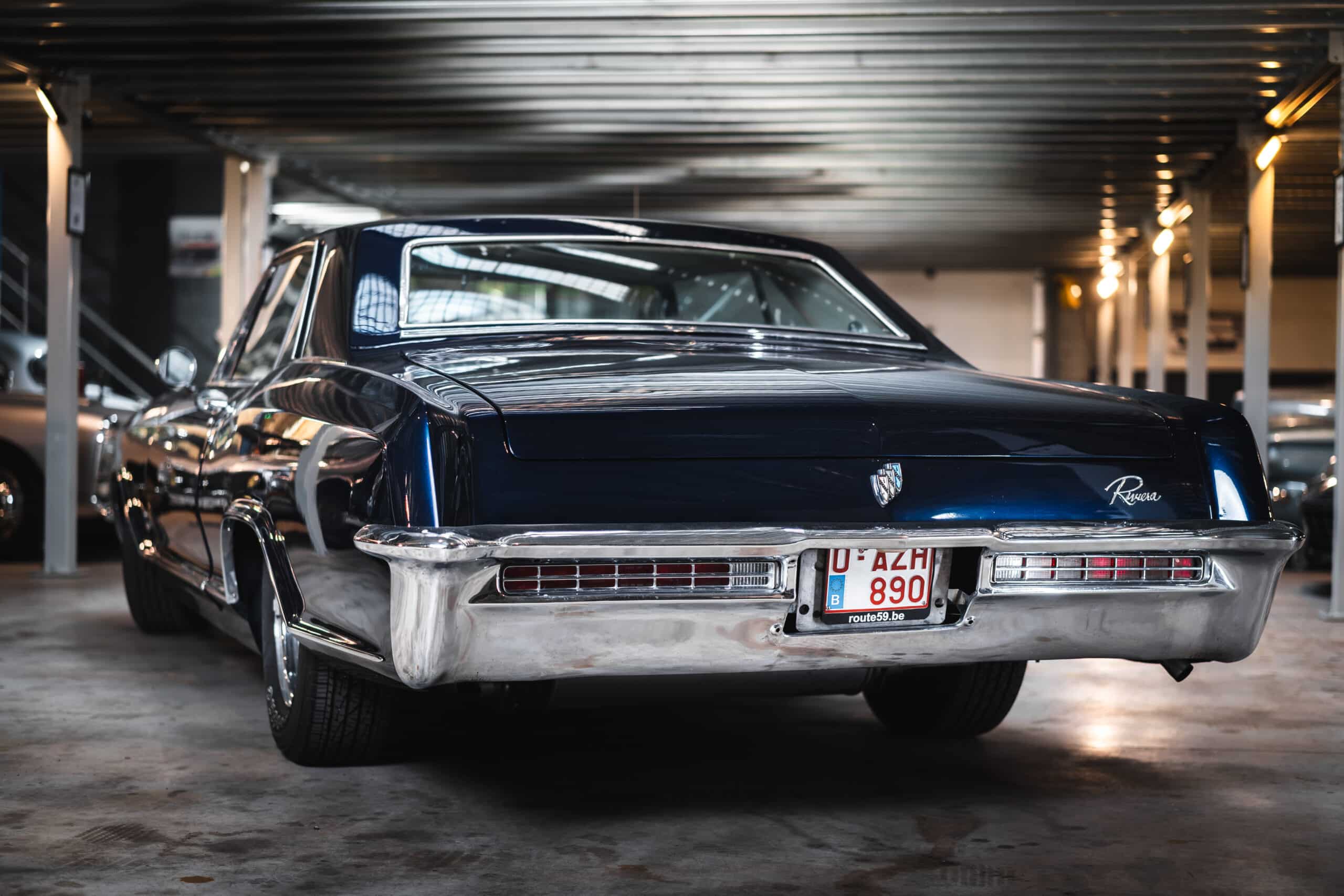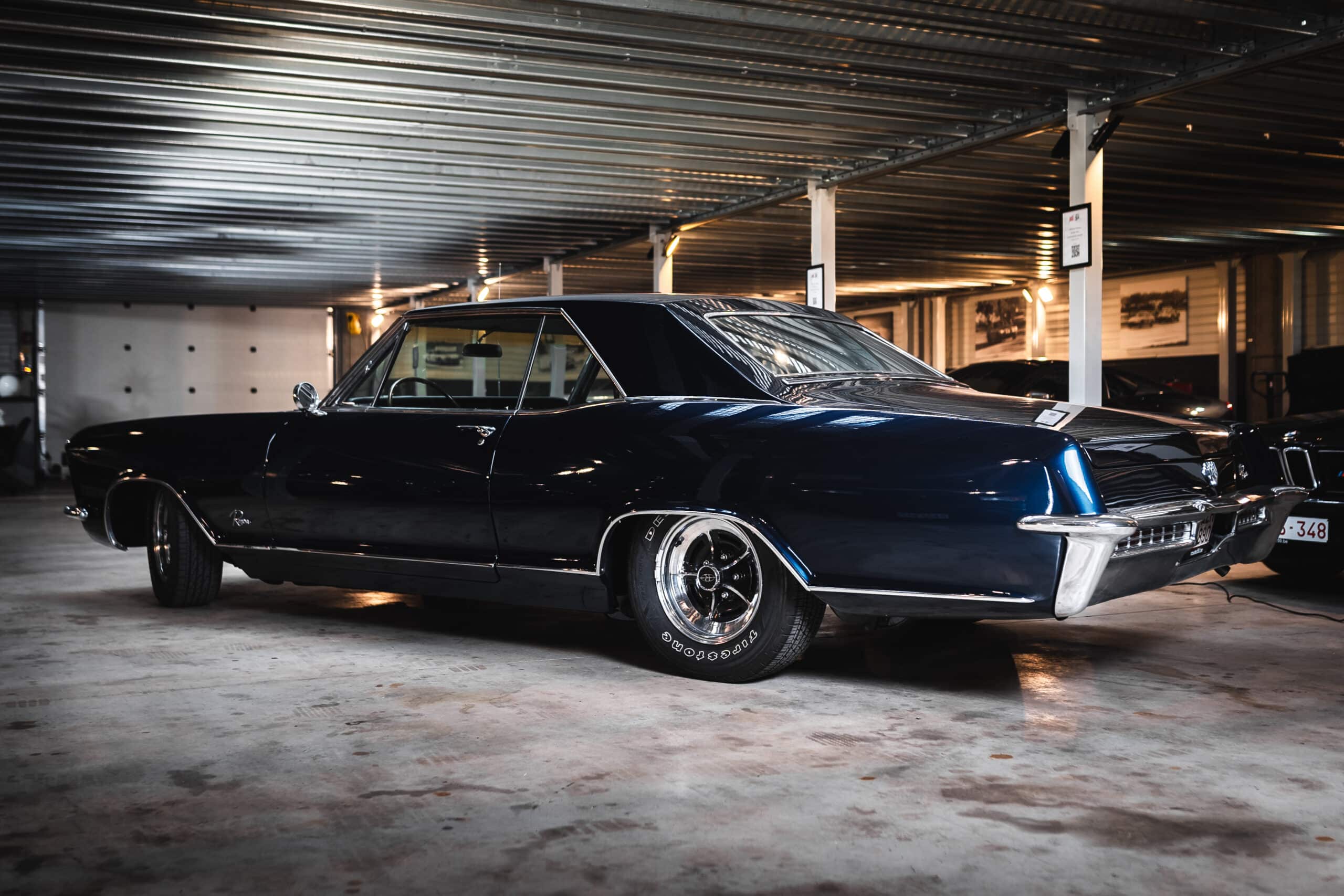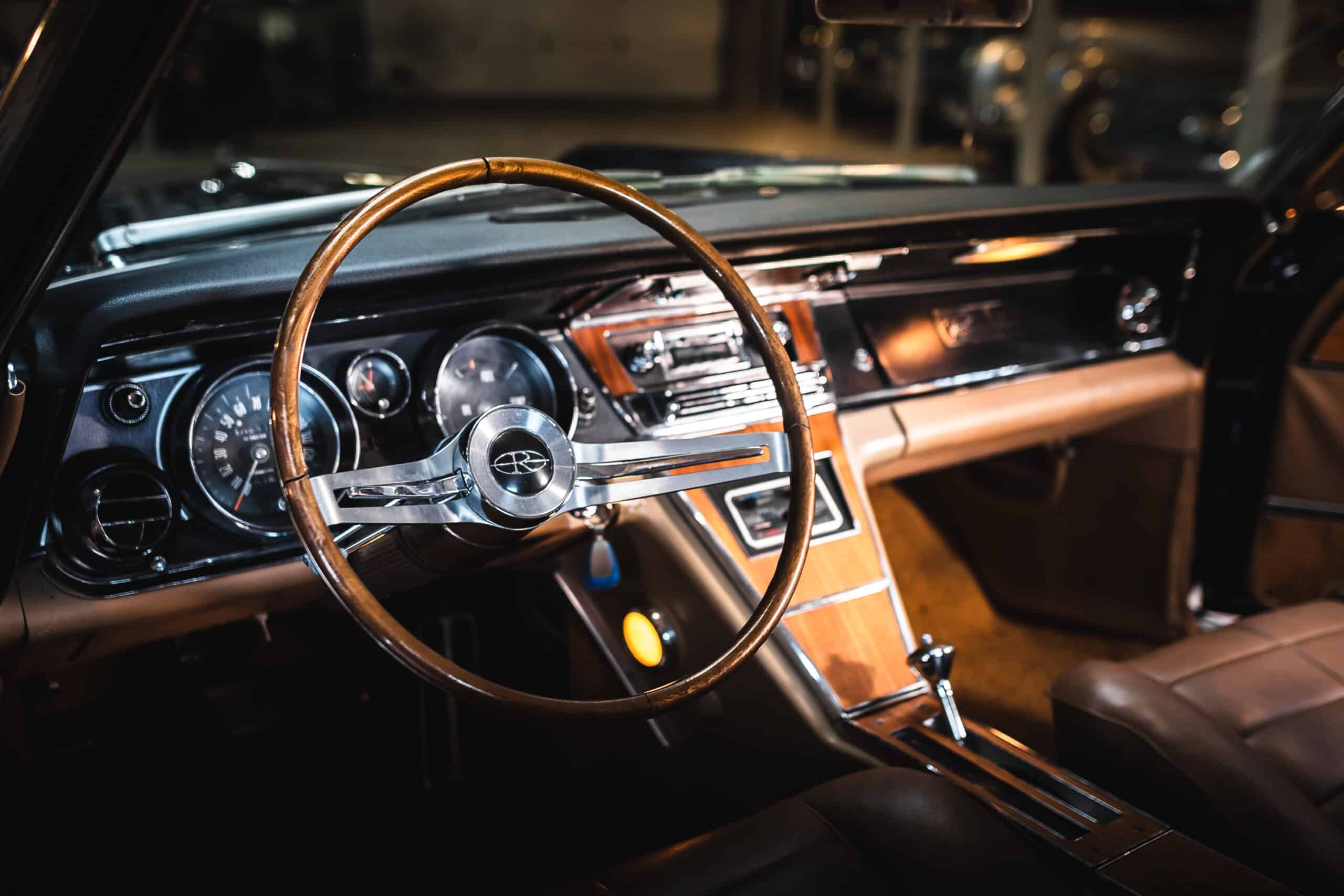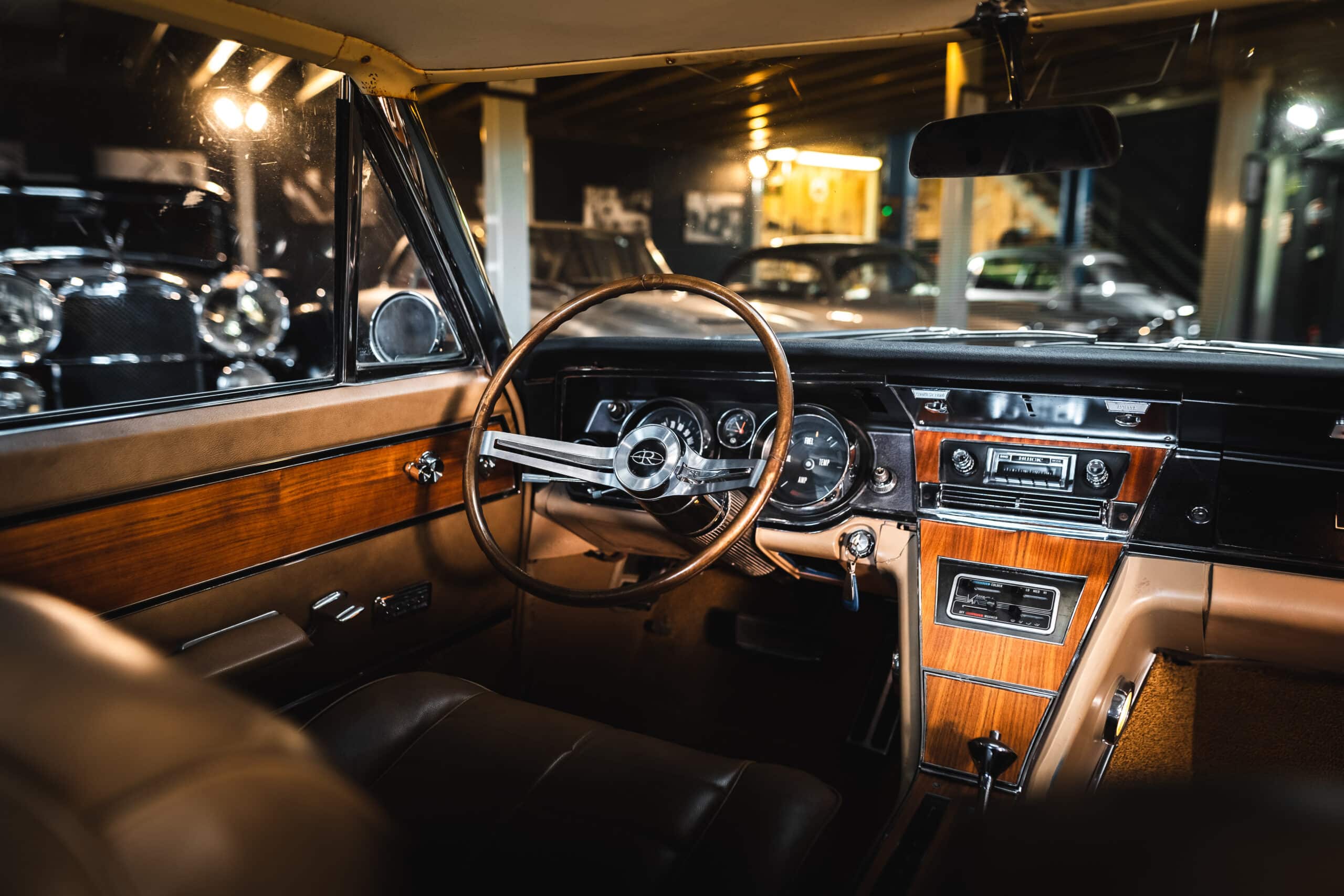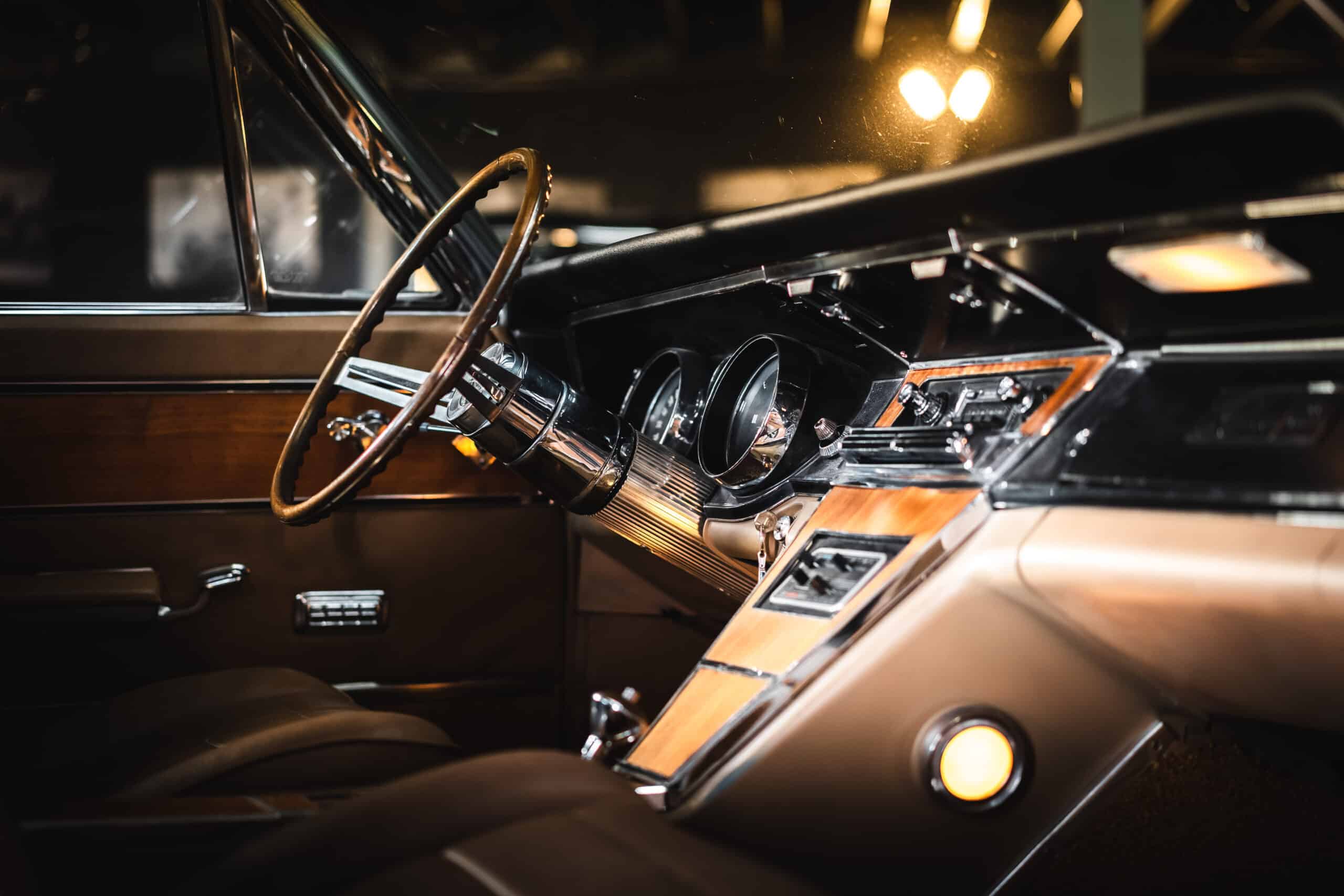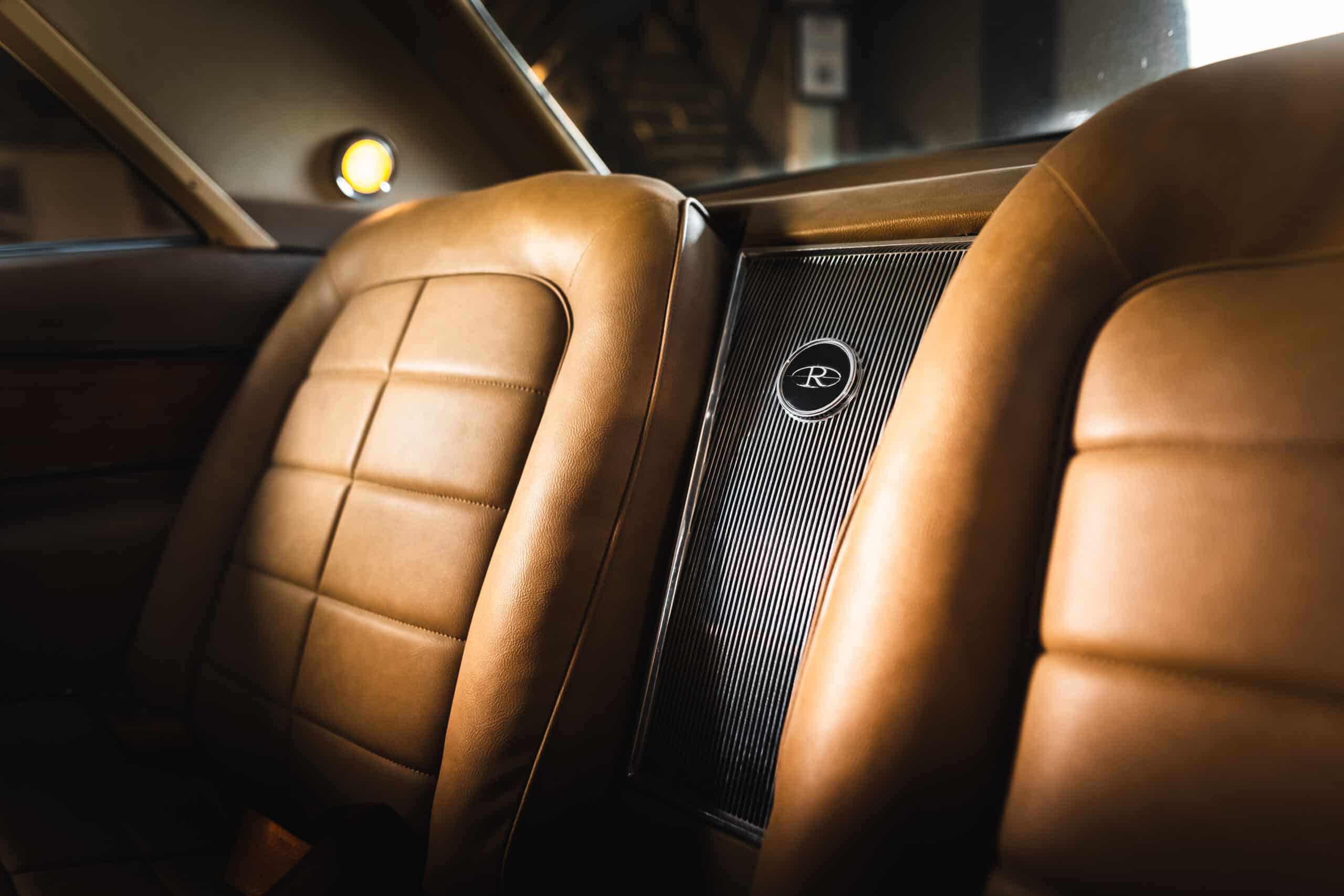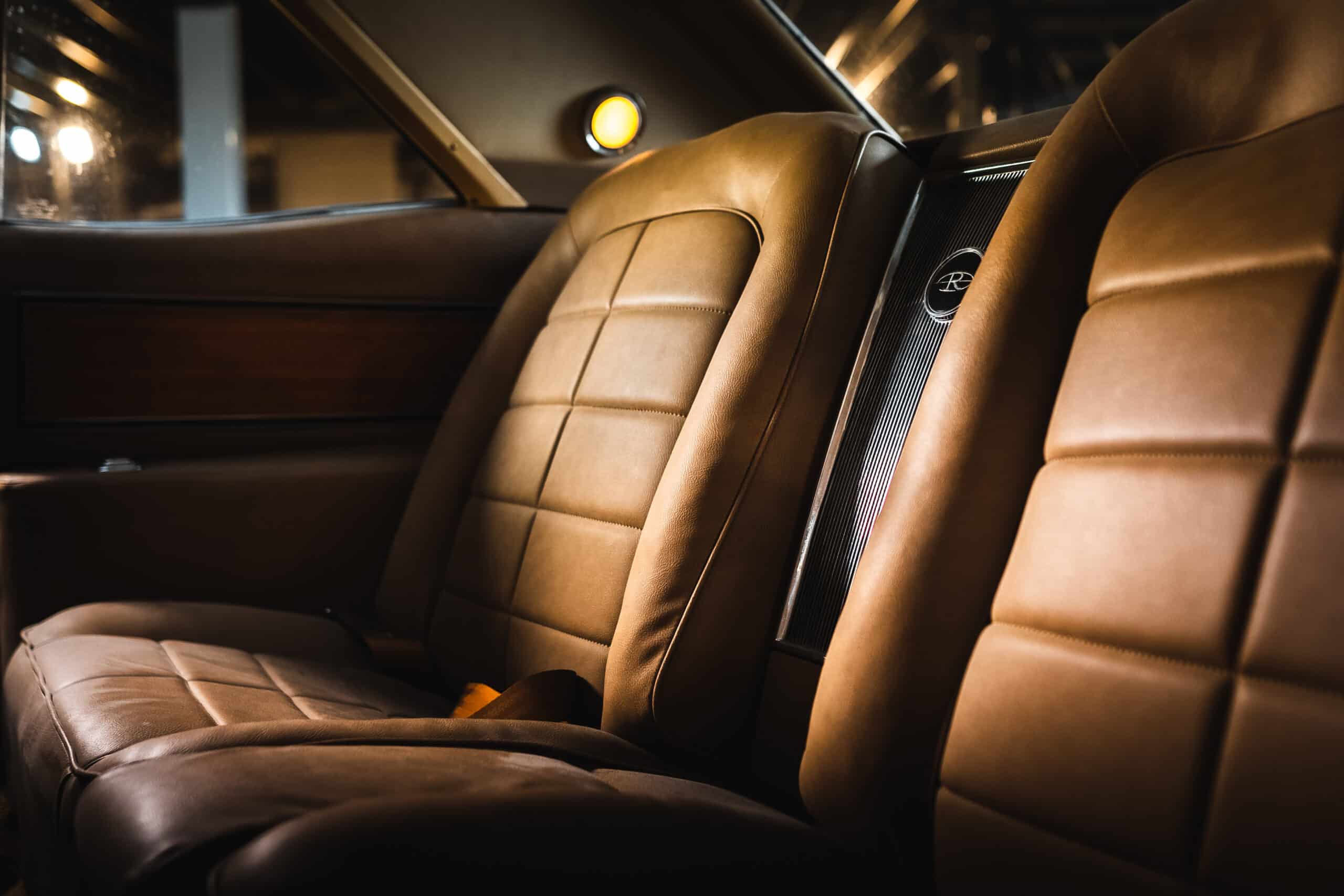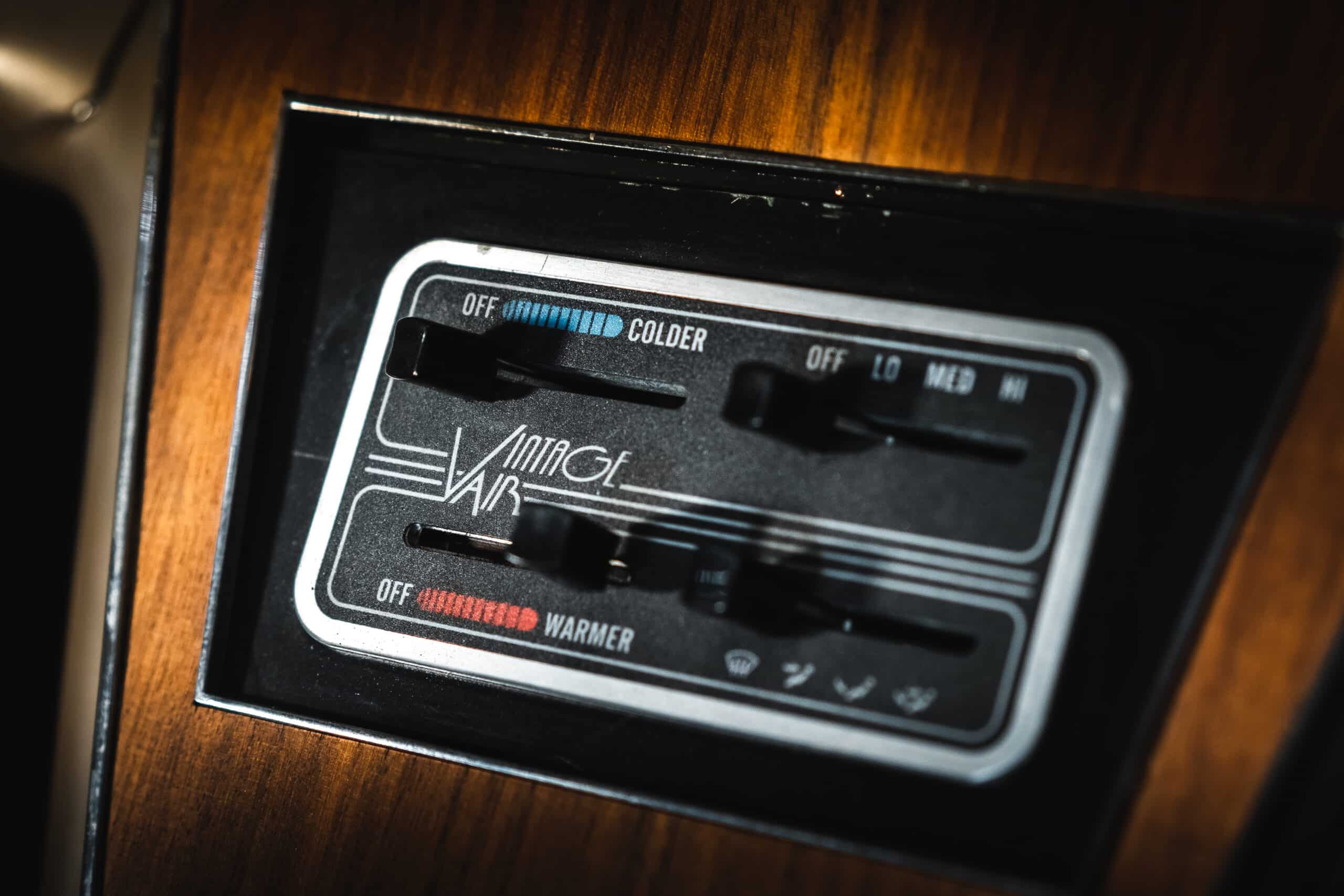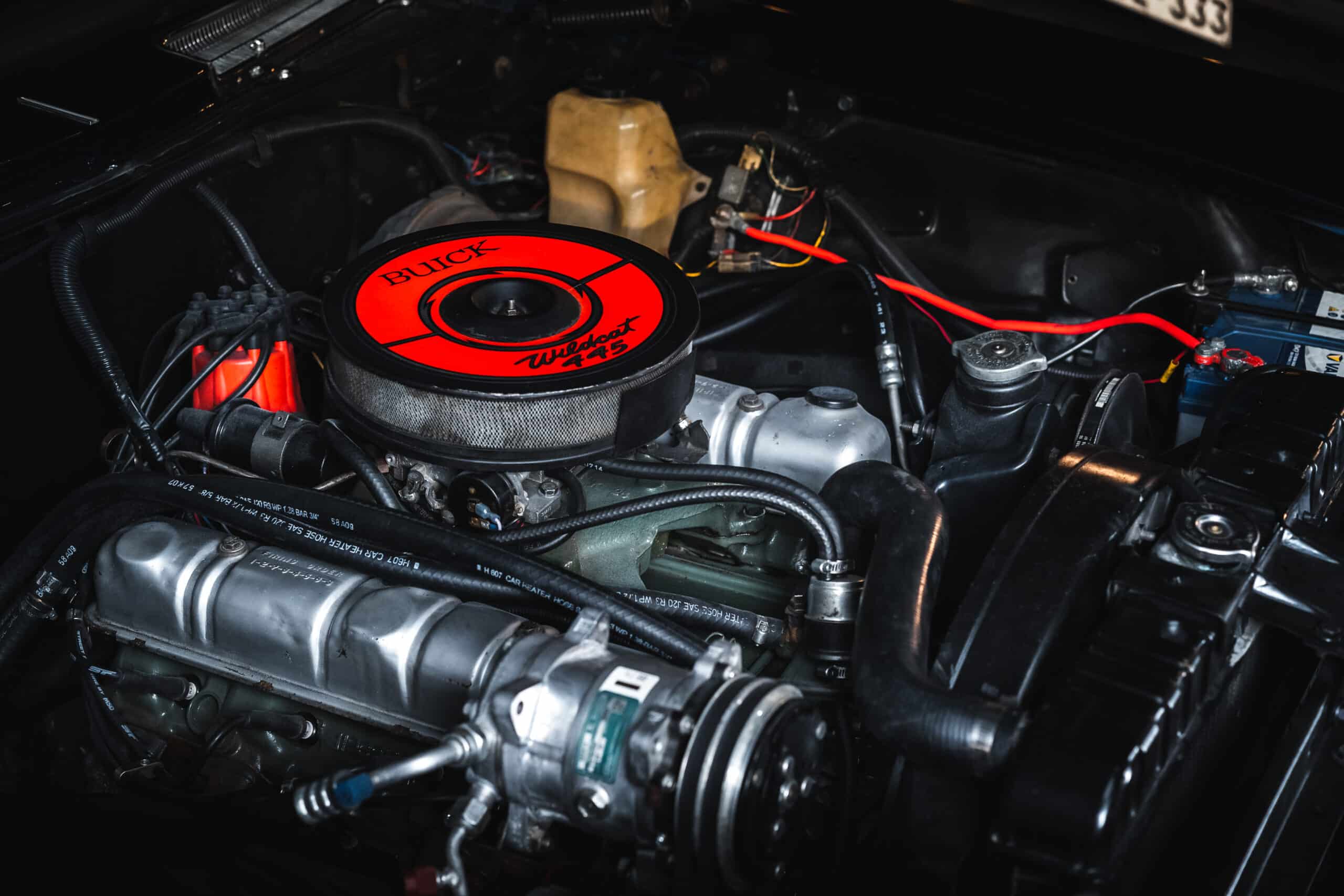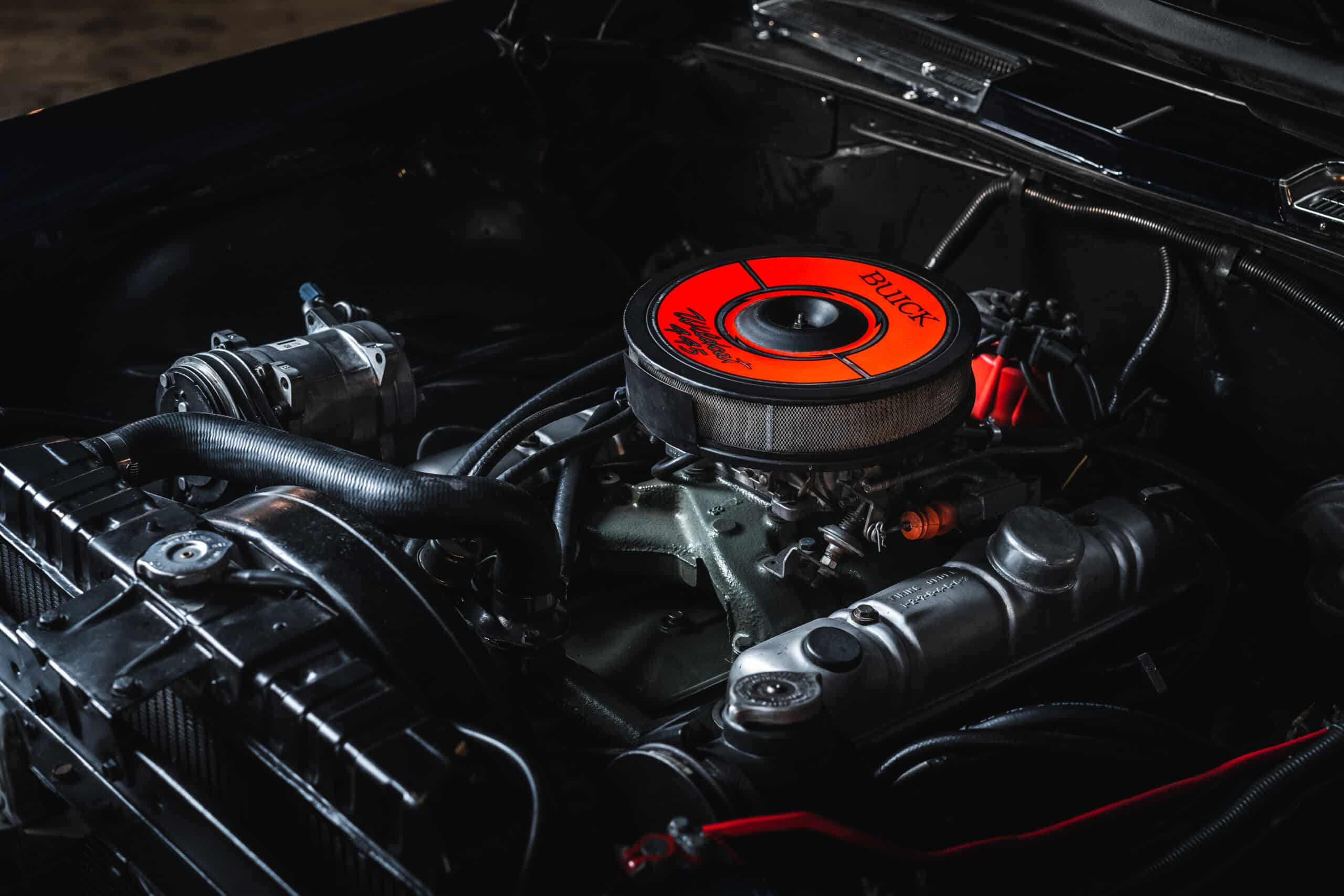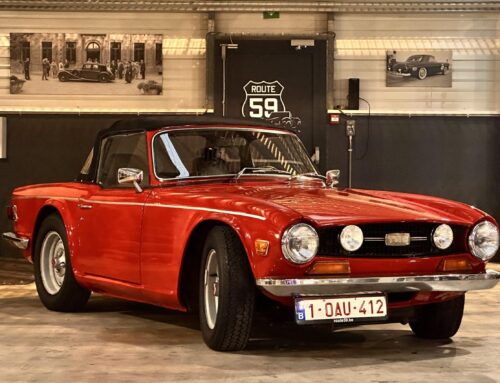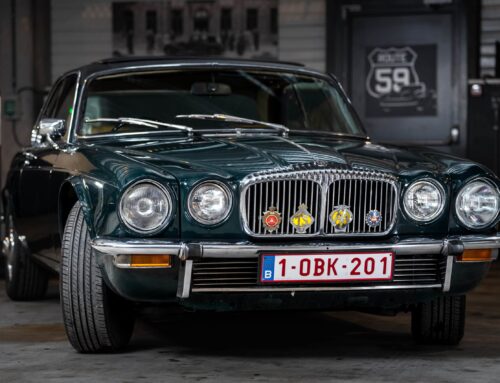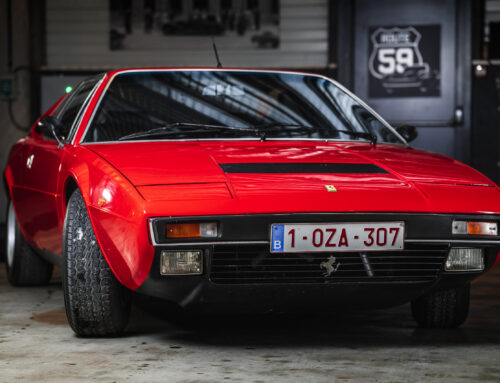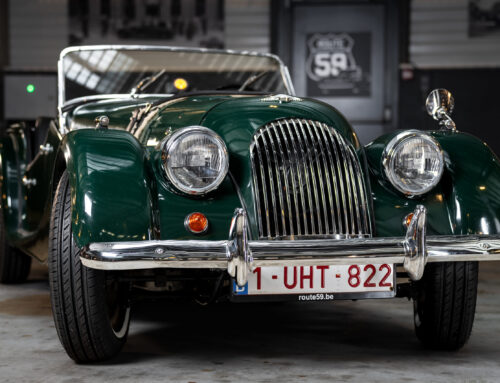Buick Riviera
| Brand | Buick |
| Model | Riviera |
| Color | Blue |
| Transmission | 3-speed automatic |
| Pk | 320 ch |
| Year | 1965 |
| Price | Not for sale |
The personal luxury car niche, pioneered by Ford in 1958, became a viable market in the early 1960s. After 200,000 four-seat Thunderbirds were sold, GM’s first response was the 1961 Olds Starfire, followed by the Pontiac Grand Prix a year later. In late 1962, Buick unveiled the Riviera, a beautiful two-door sports coupe that could outperform the T-bird in terms of cornering, braking and acceleration. But she couldn’t top it.
Scheduled for the 1963 model year, chief engineer Lowell Kintigh and his team had less than a year and a half to turn the clay model into a production car. This short time frame required the use of an existing platform. A full-size Buick Electra chassis was modified to accept the Riviera’s shorter 117-inch wheelbase. The rear-wheel drive chassis uses a conventional double-wishbone front suspension and a solid rear axle.
Although the original design of the XP-715 included concealed front headlights, technical problems and cost factors resulted in the first year Riviera being equipped with conventional quad headlights.
Relatively new at the time, frameless side windows were another challenge for body builders. For proper assembly, a door assembly with detachable exterior panels had to be designed, allowing the doors to be hung and the windows to be adjusted before the exterior panels were attached.
Spanning over 17 feet, the Buick Riviera was introduced to the public in October 1962. The rearward sloping nose, low roofline and wide roof pillars give it a unique look. The headlights mounted in the grille kept the car’s sharp profile intact.
Like its Thunderbird rival, the Riviera’s interior features four bucket seats, a center console and a floor shifter. The upholstery was vinyl, with fabric/vinyl or leather/vinyl optional. Rear passengers could exit through the second set of interior door handles. Below the center of the sloping dashboard was a set of heating and air conditioning controls, which left no room for a front speaker in the dash. For this reason, the radio speaker was mounted between the two rear seats.
The base engine for the 1963 Riviera was the 401 cubic inch Nailhead V8, so named for the unorthodox vertical position of its valves, which looked like large nails. The valves were tiny for an engine of this size, but they made a lot of power at low rpm. With a 10.25-1 compression ratio and a single 4-barrel carburetor, the 401 engine produced 445 ft-lbs of torque and 325 horsepower.
The larger 425-cylinder Wildcat 465 engine (so named for its torque output) produced 340 horsepower and was available at an additional cost. The transmission on the first-year Riv was the Twin-Turbine automatic, which would be Buick’s latest version of the legendary two-speed Dynaflow.
Immediately recognizable by its vertical valve covers, the “Nailhead” was Buick’s first generation V8, and was produced in several displacements (264, 322, 364, 401 and 425). The name “Nailhead” was never an official designation of the factory, but it stuck. Being relatively light and narrow, Nailhead engines were a popular engine swap at the time.
Thanks to accessories such as power windows, power seats and tilt steering wheel, the Riviera’s base price was lower than the Thunderbird’s. Other popular options included air conditioning, cruise control, power door locks, AM/FM radio and automatic trunk release. Whitewall tires and wire wheel covers were also available for an additional charge, as were 15 x 6-inch finned alloy wheels. For the first model year, Buick had a production cap of 40,000 Rivieras. All have been sold.
Interior upgrades to the second year Riv included several new color options, as well as wood veneers on the door panels, quarter trim and radio faceplate. By moving the heating and air conditioning controls, a radio speaker is now housed in the dash. Although removed from the options list, some 1964 models were still equipped with leather upholstery.
For 1964, the 425-cylinder Wildcat engine is now the standard engine. As an option, the 425cc Super Wildcat engine was equipped with dual Carter AFB four-barrel carburetors, a large chrome air cleaner and finned aluminum valve covers. The engine was rated at 360 horsepower at 4400 rpm, with 465 lb-ft of torque at 2800 rpm. 2,122 Rivieras left the factory with the Super Wildcat engine.
Gone is the Twin-Turbine transmission, replaced by Buick’s version of GM’s new three-speed automatic, the Super-Turbine 400. In road tests at the time, a Riviera equipped with a Super Wildcat reached 115 mph, with a 0-60 time of eight seconds. The average fuel consumption was about 10 miles per gallon.
Despite the many improvements made to the car, sales of the Riviera were disappointing: 37,658 units. At Ford dealerships, the new 1964 Thunderbird was selling at near record numbers.
As envisioned in the XP-715 concept, the hidden headlights arrived on the Buick Riviera in 1965. Powered by a single electric motor mounted under the hood, the upper and lower clamshell doors open and close to expose or hide the headlights.
A redesigned rear bumper houses the taillights, and the false side scoops present on the 1963-1964 models are removed. The 401-cid Nailhead V-8 was back as the standard engine, with the Wildcat and Super Wildcat engines optional. This is also the first year of the popular chrome “road wheels”.
This model was fully restored in the USA by a retired military man between 2012 and 2016. Imported in Belgium in 2021, it was then repainted in its original color. The engine, which was equipped with a camshaft that was too sharp, received a new original shaft. Everything is functional, including the air conditioning. It is equipped with Grand Sport wheels and a lowered suspension.


